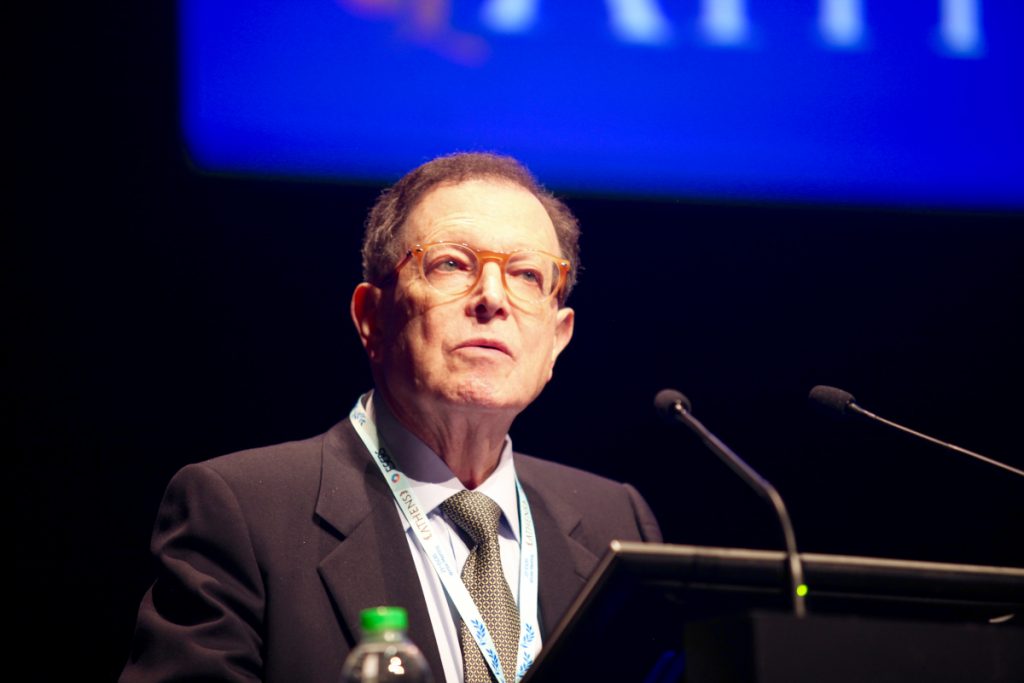Re-birth of PRK
Continuing refinements of technique and technology are bringing trans-epithelial PRK back to the surface

Roibeard O’hEineachain
Published: Friday, July 26, 2019
 Dan Epstein MD,PhD
Dan Epstein MD,PhDContinuing refinements of technique and technology are bringing trans-epithelial PRK back to the surface

Published: Friday, July 26, 2019
 Dan Epstein MD,PhD
Dan Epstein MD,PhD